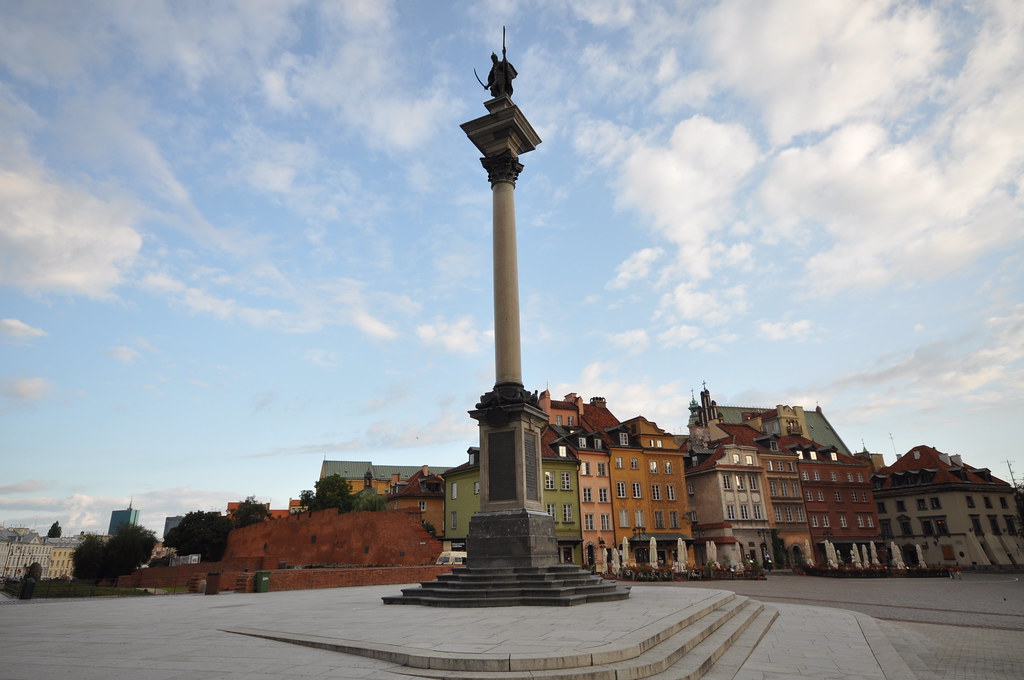

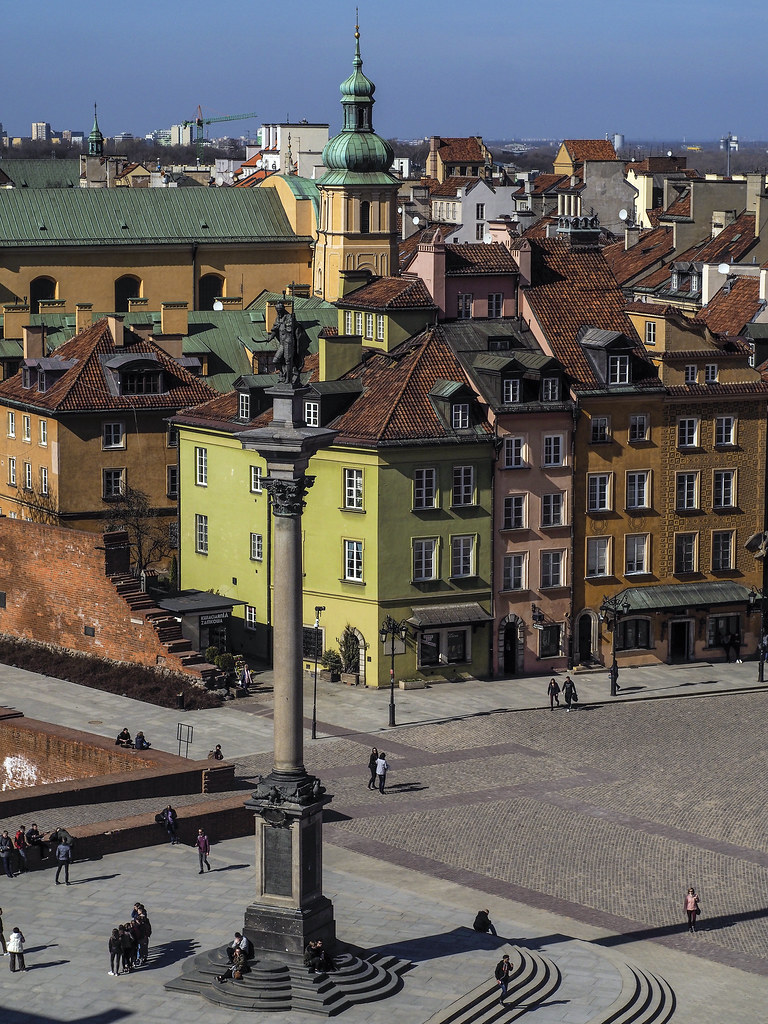

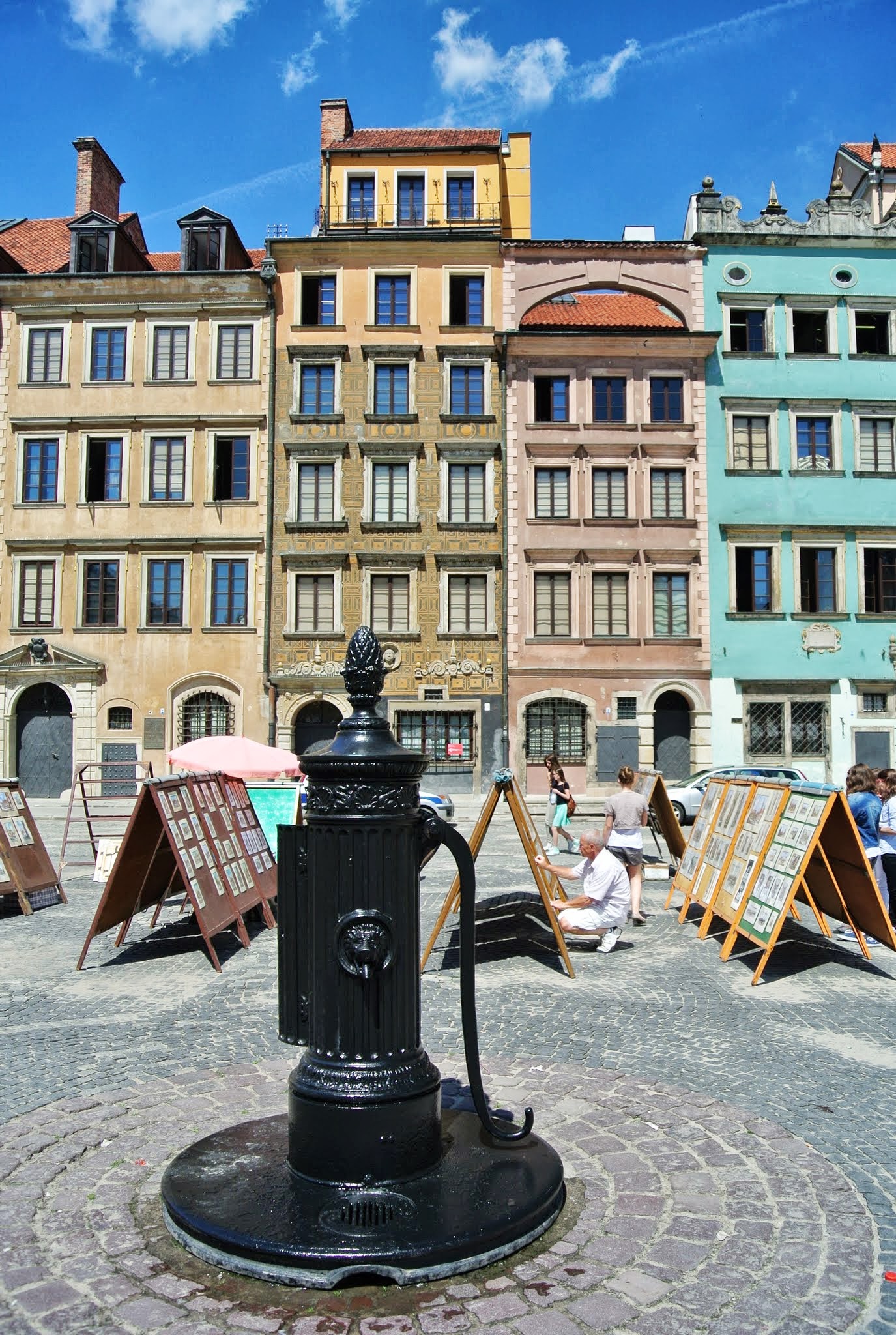


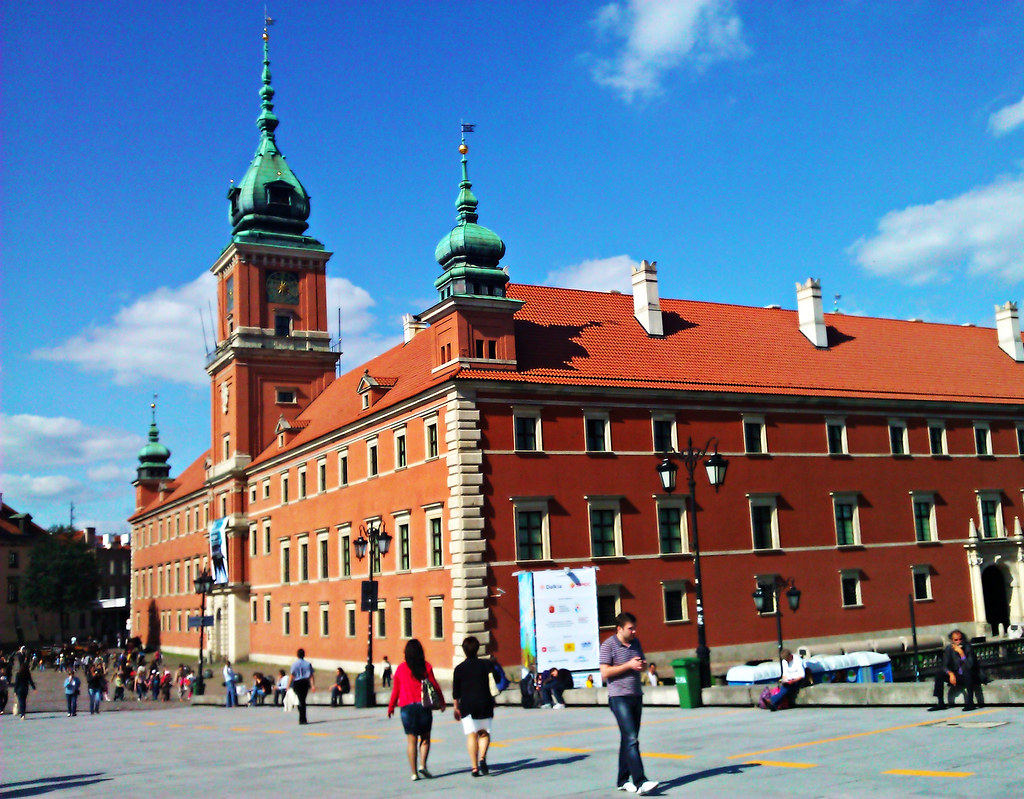

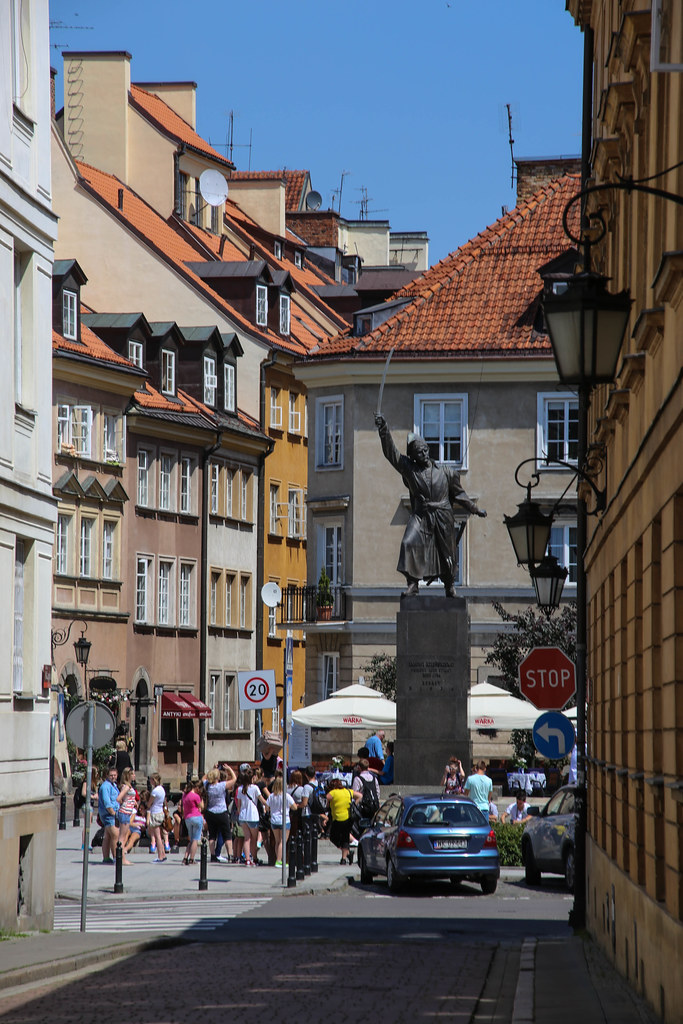
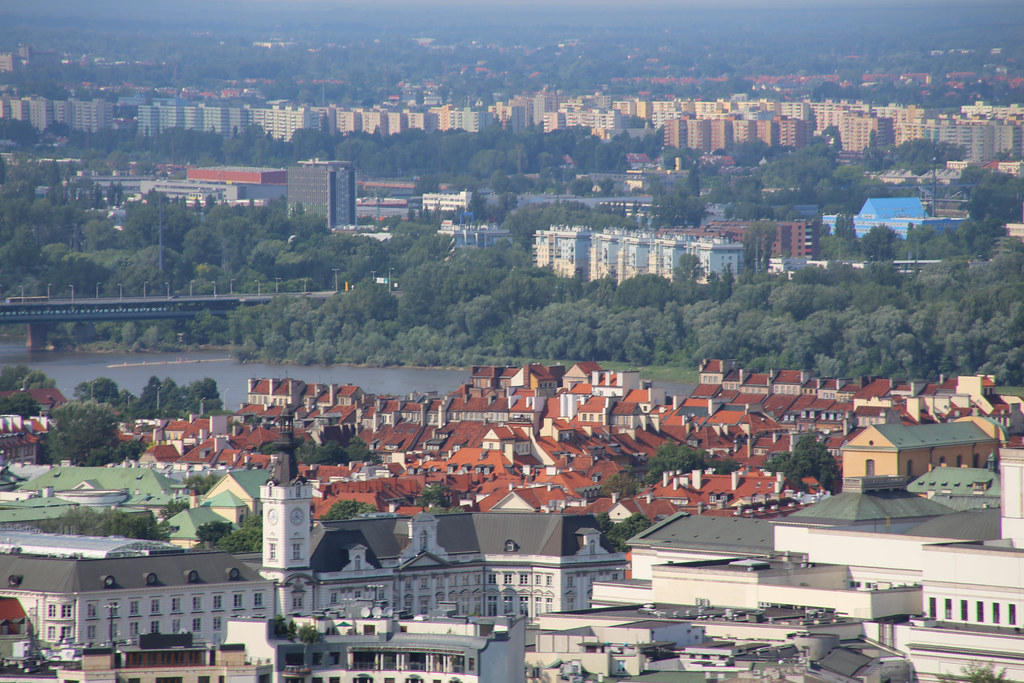

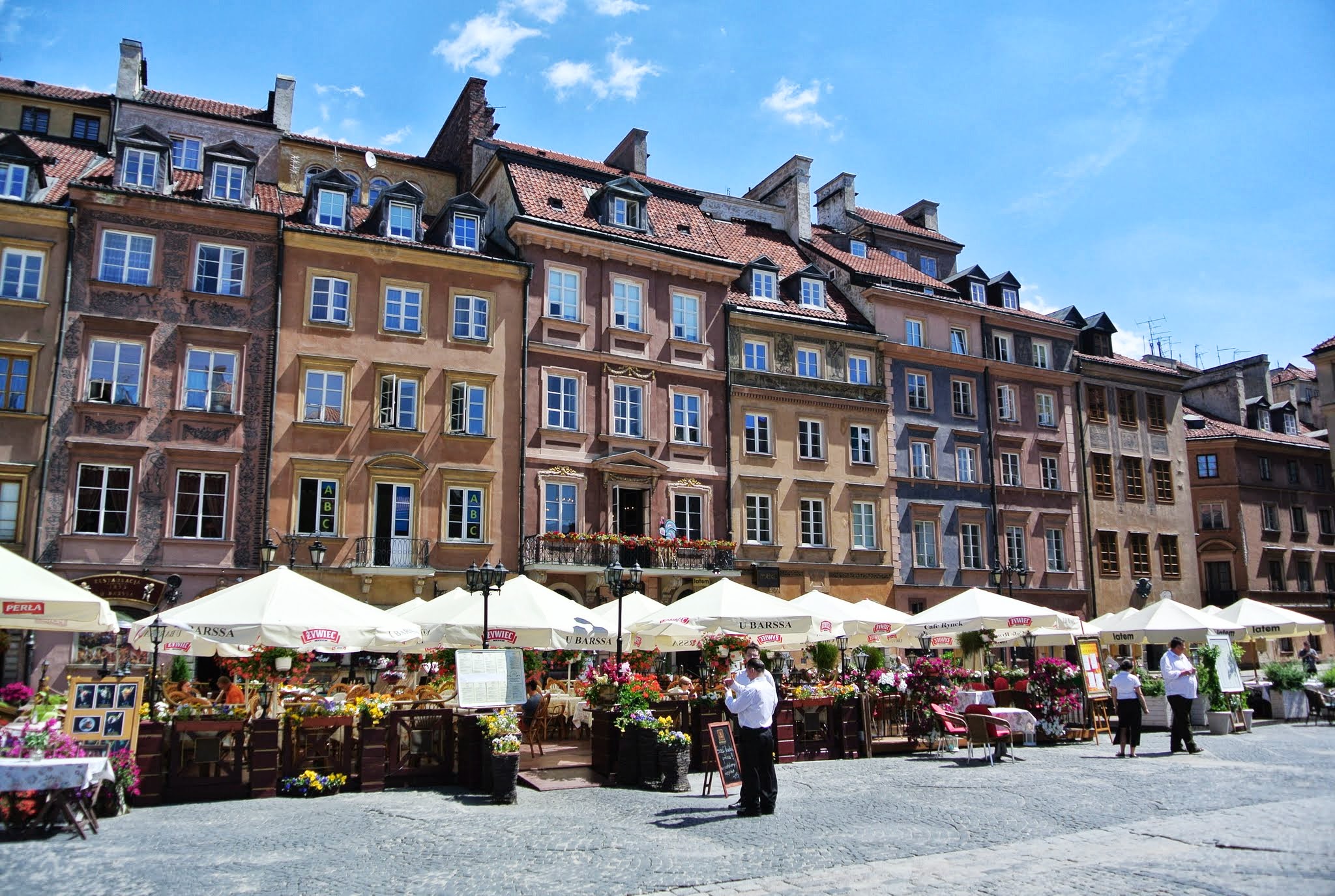



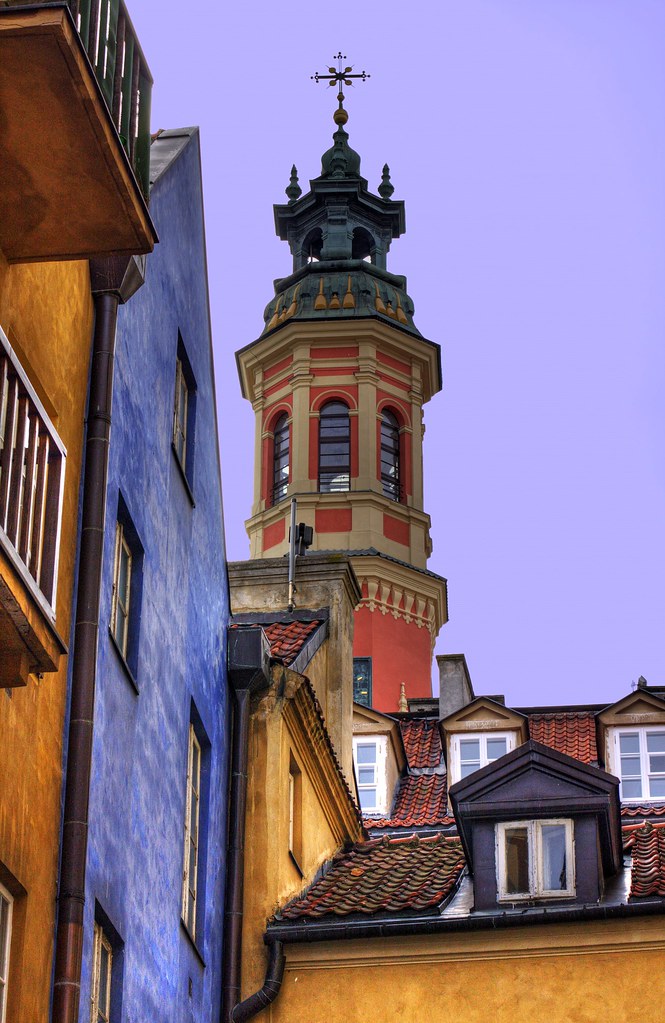
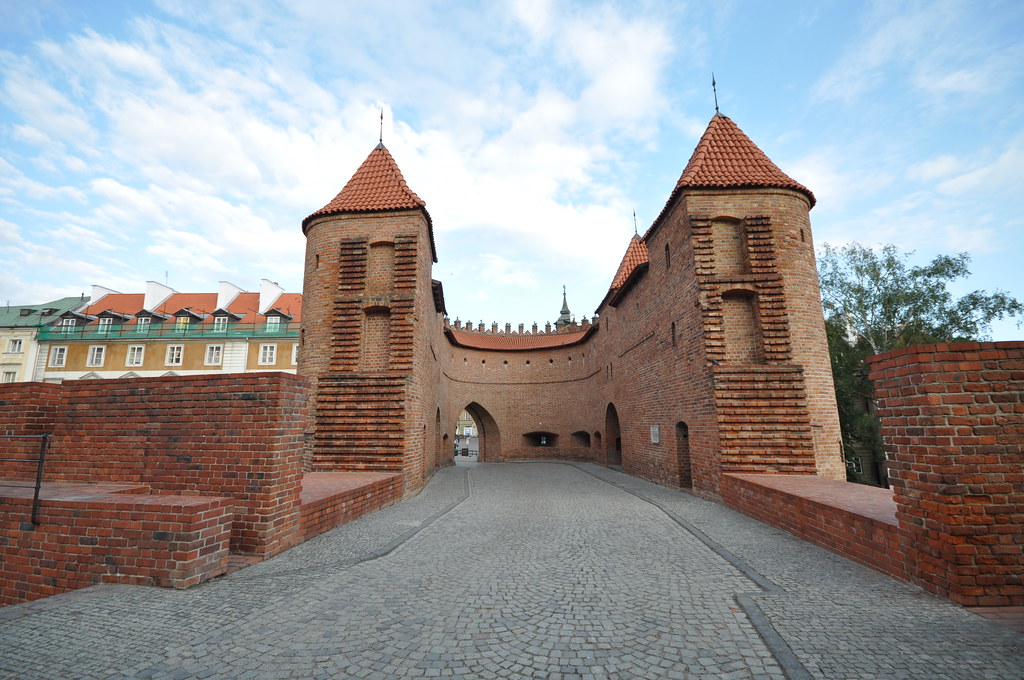

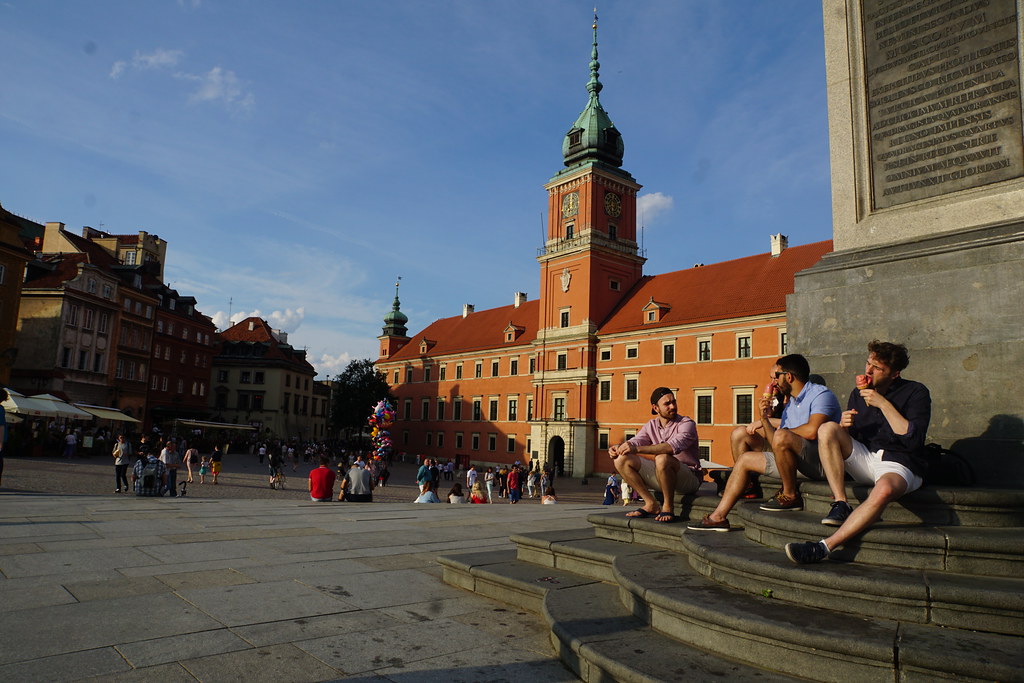





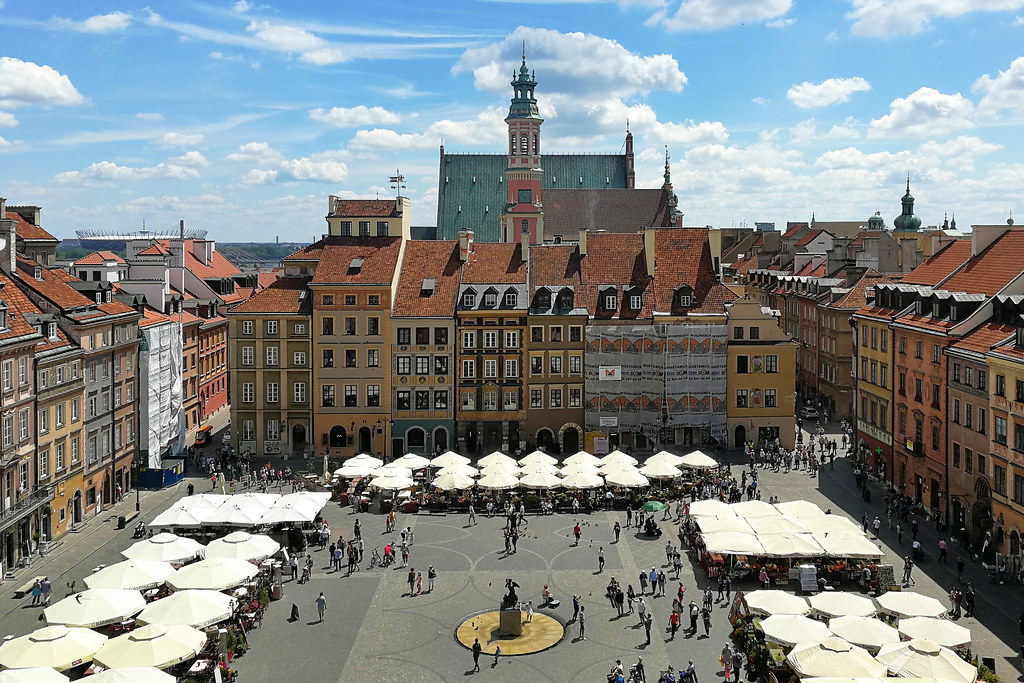

Old Town Of Warsaw
- ( 0 Reviews )
- $0
- ( 0 Reviews ) $0
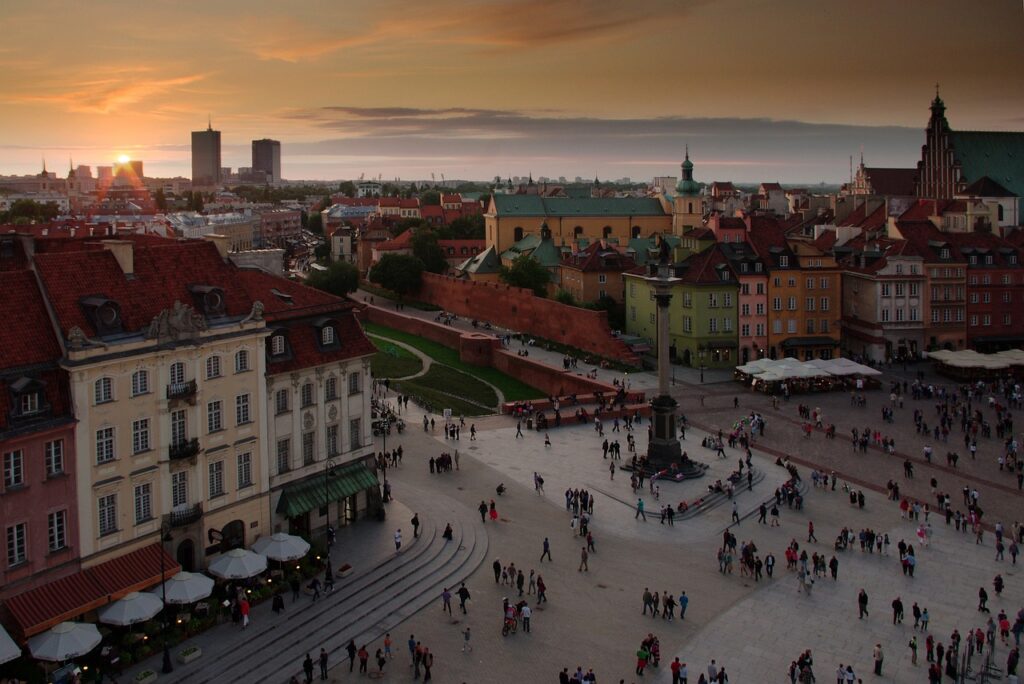 Discover The Historic Charm Of Warsaw’s Old Town
Discover The Historic Charm Of Warsaw’s Old Town
Have you ever wondered what it would be like to step back in time and immerse yourself in the rich history of a medieval city? Warsaw’s Old Town offers just that opportunity. With its cobbled streets and charming buildings, this historic center transports visitors to a bygone era. This article will delve into the fascinating history of Warsaw’s Old Town, from its origins in the 13th century to its meticulous reconstruction after World War II. We will explore the top sights and attractions, including the iconic Castle Square and Sigismund’s Column, the impressive Barbican and City Walls, as well as the magnificent St John’s Cathedral and Jesuit Church. Additionally, we will touch upon Warsaw’s population and livability, as well as the best time to visit this vibrant and affordable destination. So come along on a journey through time and discover the historic charm of Warsaw’s Old Town.
What is Warsaw’s Old Town?
Warsaw’s Old Town, a UNESCO World Heritage Site, is the historical center of the city that dates back to the 13th century and was reconstructed after its destruction during World War II. With its cultural significance and rich history, it is a popular travel destination for visitors. The Old Town is easily accessible by bus or tram, as there is no metro station in the area. It is located close to most city hotels, making it convenient for tourists to explore. The Old Town Market Square, Royal Castle, Historical Museum, Adam Mickiewicz Museum, and St. John’s the Baptist Arch-cathedral are some of the top sights in the area. The Old Town’s charm lies in its busy squares, serene alleyways, and its ability to transport visitors back in time.
History and Reconstruction
The reconstruction of the Old Town after its destruction during World War II was a meticulous process that involved extensive historical and conservation research. Warsaw’s Old Town holds great historical significance, as it dates back to the 13th century and is a UNESCO World Heritage Site. Following the war, the process of rebuilding the Old Town continued until the mid-1960s. The reconstruction was based on thorough historical and conservation research, ensuring that the new buildings closely resembled their original counterparts. This attention to detail reflects the importance placed on preserving the heritage and historical value of the Old Town. Today, visitors can experience the charm and beauty of the Old Town, with its colorful tenements, narrow streets, and historical landmarks such as the Royal Castle and St. John’s Archcathedral. Warsaw’s Old Town stands as a testament to the city’s resilience and determination to preserve its rich history.
Top Sights and Attractions
Situated in the heart of the city, the top sights and attractions of the historical center of Warsaw captivate visitors with their rich history and architectural grandeur. Warsaw’s Old Town offers a fascinating journey through history, allowing visitors to explore the hidden gems of the city. From the Old Town Market Square, with its bustling atmosphere and variety of restaurants, to the iconic Royal Castle, which served as a residence for Polish monarchs, there is something for everyone to discover. Other notable sights include Castle Square, home to the oldest and highest secular monument in Warsaw, Sigismund’s Column, and the St. John’s the Baptist Arch-cathedral, a Roman Catholic Church with significant historical importance. With its colorful tenements, narrow streets, and vibrant cultural festivals, Warsaw’s Old Town truly showcases the charm and beauty of this historic city.
| Sights and Attractions | Description |
|---|---|
| Old Town Market Square | Bustling square with a variety of restaurants and The Warsaw Mermaid bronze sculpture. |
| Royal Castle | Former residence of Polish monarchs, destroyed during the war and rebuilt. |
| Castle Square | Home to Sigismund’s Column, the oldest and highest secular monument in Warsaw. |
| St. John’s the Baptist Arch-cathedral | Roman Catholic Church with significant historical importance. |
| Warsaw Barbican | Massive rotund part of the city’s defensive walls. |
(Words: 124)
Castle Square and Sigismund’s Column
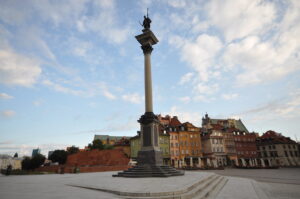
Castle Square, located in the heart of the historical center, is home to Sigismund’s Column, the oldest and highest secular monument in the city. This iconic square serves as a popular starting point for exploring Warsaw’s Old Town. Sigismund’s Column, standing at 72 feet tall, holds a bronze sculpture of King Sigismund III. The original column was destroyed during the German invasion, but it was reconstructed and is now a symbol of resilience and national pride. Castle Square itself is a vibrant and bustling area, surrounded by colorful tenements and narrow streets. Visitors can admire the stunning architecture, enjoy the lively atmosphere, and soak in the rich history of the square. Castle Square and Sigismund’s Column are must-see attractions that showcase the historic charm of Warsaw’s Old Town.
Barbican and City Walls
Located near the heart of Warsaw’s historical center, the Barbican and City Walls stand as a testament to the city’s medieval defensive architecture and offer a glimpse into its past.
- The Barbican, a massive rotund structure built in 1548, served as an access gate to the Old Town. It was part of the Warsaw City Wall, constructed in the 14th century, which encircled and protected the city.
- The City Walls were an integral part of Warsaw’s architectural heritage, providing additional protection against invaders. Although most of the walls were destroyed over time, some sections have been preserved, offering visitors a chance to see the remnants of this medieval defense system.
- Exploring the Barbican and City Walls allows visitors to imagine the strategic importance of these structures and gain a deeper understanding of Warsaw’s history and its struggle to defend itself throughout the centuries.
St John’s Cathedral and Jesuit Church
St John’s Cathedral and the nearby Jesuit Church are significant religious landmarks in the historical center of Warsaw. St John’s Cathedral, established in the 15th century, holds great importance in Polish history and serves as the burial place for many famous Polish personalities. Unfortunately, it had to be rebuilt after the destruction caused by World War II. The restoration process aimed to recreate its original Gothic style, and it continues to be a symbol of resilience and cultural heritage.
Next to St. John’s Cathedral, the Jesuit Church stands as a testament to the architectural diversity in Warsaw’s Old Town. Dating back to 1609, this church showcases a blend of Gothic and Baroque styles. It served as a meeting place for the Polish opposition in the past. The Jesuit Church adds to the rich religious and cultural tapestry of the Old Town, highlighting the historical significance and architectural splendor of this vibrant city.
Best Time to Visit
During the summer months, visitors to Warsaw can experience the vibrant atmosphere of cultural festivals and enjoy the charming café gardens in the Old Town, creating a lively and enchanting ambiance. When planning a visit to Warsaw’s Old Town, it is important to consider the best hotels and transportation options. The Old Town is conveniently located close to most city hotels, making it easily accessible for tourists. While there is no metro station in the Old Town, visitors can reach the area by taking a bus or tram. This provides a convenient and affordable way to explore the historic charm of the Old Town. By staying in one of the best hotels in the city and utilizing the efficient transportation options, visitors can make the most of their time exploring Warsaw’s Old Town.
